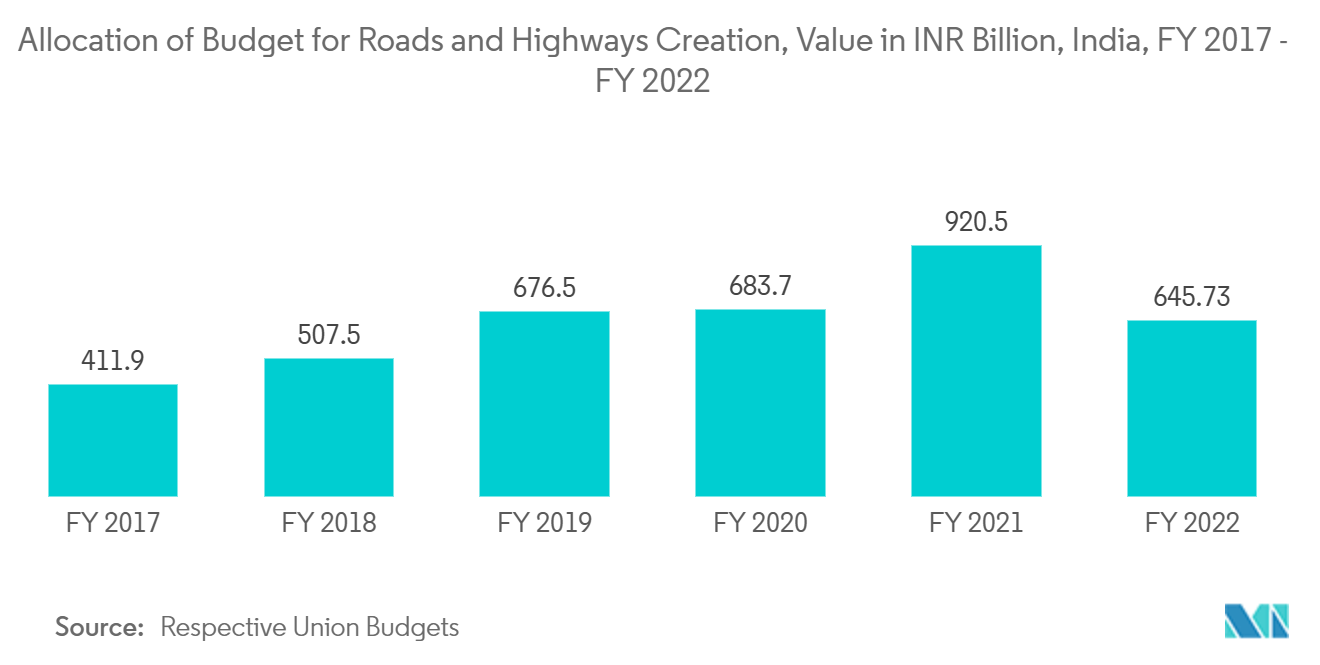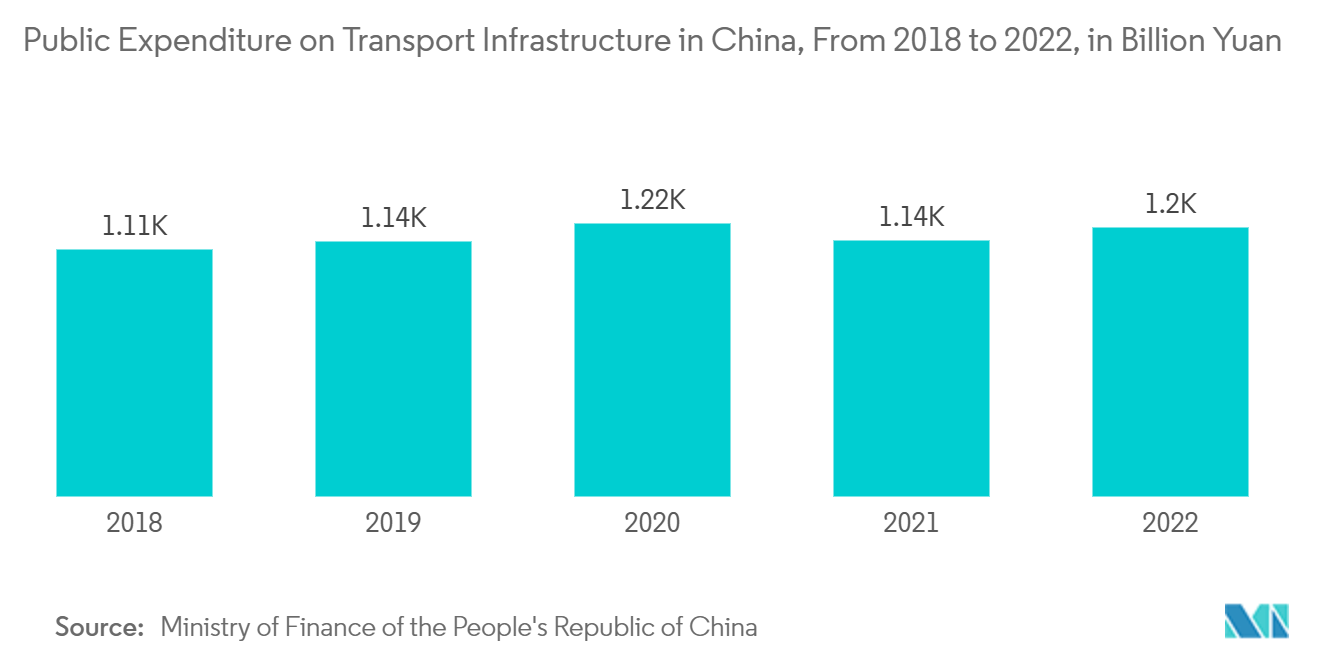Market Trends of Infrastructure Sector Industry
Growing Investment in Transport Infrastructure
According to the research, until 2040, more than USD 2 trillion worth of investments in transport infrastructure is expected annually to support economic growth. Stakeholders are under pressure to accelerate infrastructure development due to rapid urbanization, soaring freight service demand, and the COVID-19 response stimulus programs in several nations.
The rapid pace of development and continuous urbanization is a key factor in the expenditure on transport infrastructure. The Federal Aviation Administration (FAA) of the US Department of Transportation gave funds totaling more than USD 479 million for airport infrastructure in 2021 to 123 projects at airports in all 50 states, Puerto Rico, and American Samoa.
For the past two-three years, aviation travel was halted due to the global pandemic. The CAAC (Civil Aviation Administration of China) said that by the end of 2020, China had 241 accredited transport airports. About 114 airport construction projects were either started or continued during the pandemic, and there were 58 more airports overall compared to that just eight years earlier.

SURGING INFRASTRUCTURE INVESTMENT IN ASIA-PACIFIC
Infrastructure is a major target of the pandemic response and stimulus measures adopted by advanced countries and regions, which are expected to boost global project finance. Asia was the only region to demonstrate growth in project numbers and values.
FDI inflows to the Asia-Pacific region were steady during the pandemic; the region stood out as a desirable location for foreign investors. For instance, the Government of India received considerable and consistent inflows of FDI (foreign direct investment) over the past ten years, despite the country's GDP decelerating steadily in recent years.
Infrastructure is one of the key elements that help the Indian economy grow and remain competitive in the industrial sector, leading to better growth. The possibility of infrastructure projects overrides bureaucratic delays, implementation delays, and delays in the implementation of land acquisition policies, the three major obstacles facing India's infrastructure sector.
To speed up infrastructure projects, the present administration has pledged to minimize these delays, simplify the process, and promote transparency. A number of infrastructure projects totaling INR 111 lakh crore (USD 1.5 trillion) were announced by the government as part of the NIP (National Infrastructure Pipeline) for FY 2019-25.
The government initially allocated the amount for 6,835 projects, but by the end of 2021, that number had increased to 7,400. Majority of the project's worth comprises roads, housing, urban development, railroads, renewable energy, conventional power, and irrigation.
The Philippines' government pushed for infrastructure development to spark a significant economic recovery in 2021. The Department of Public Works and Highways received USD 6.5 billion for bridge construction, flood management, asset preservation, and transportation network development as part of the 2021 national budget, which placed a heavy emphasis on infrastructure projects.
For investments in rail transportation, land public transportation, and maritime infrastructure, the Department of Transportation received USD 1.3 billion.

